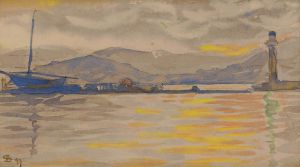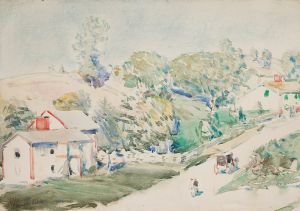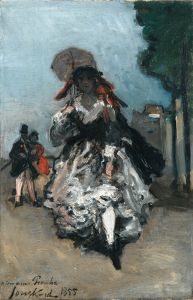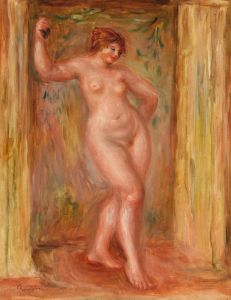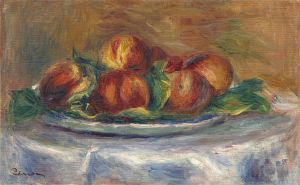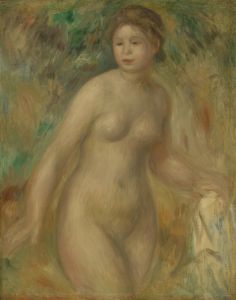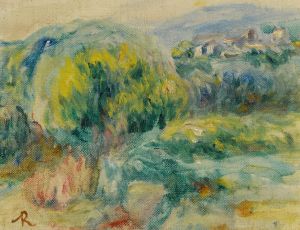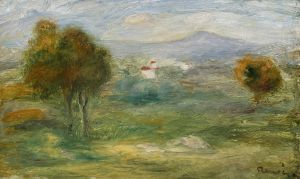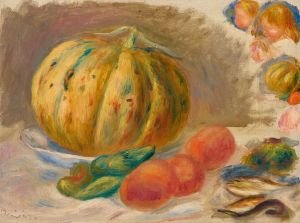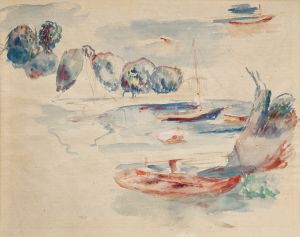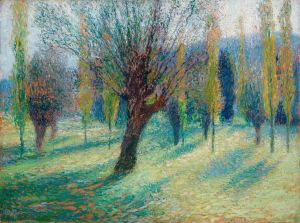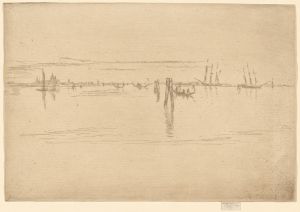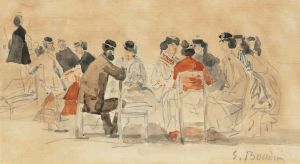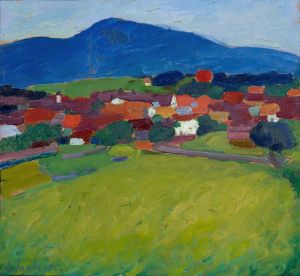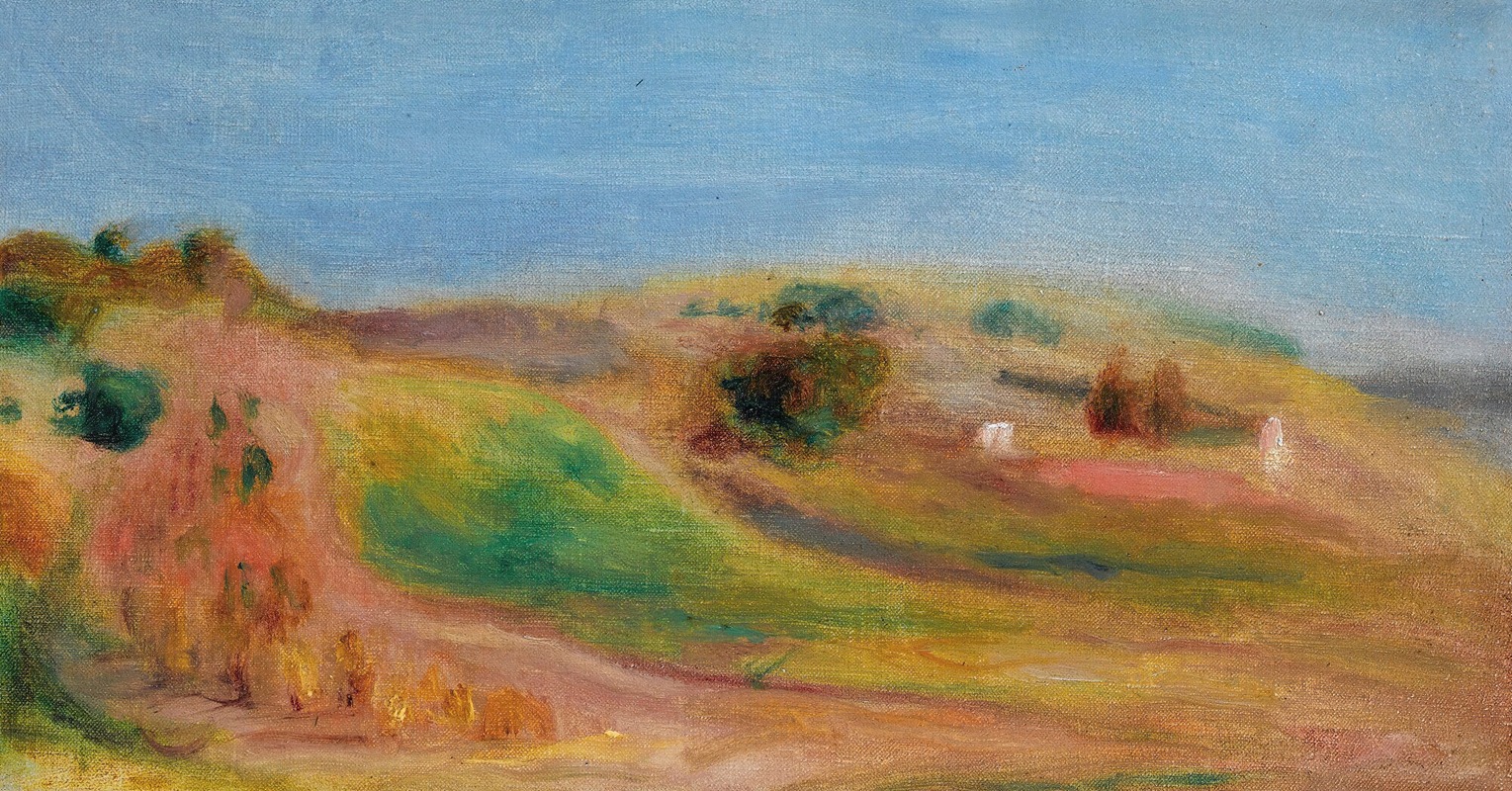
Paysage
A hand-painted replica of Pierre-Auguste Renoir’s masterpiece Paysage, meticulously crafted by professional artists to capture the true essence of the original. Each piece is created with museum-quality canvas and rare mineral pigments, carefully painted by experienced artists with delicate brushstrokes and rich, layered colors to perfectly recreate the texture of the original artwork. Unlike machine-printed reproductions, this hand-painted version brings the painting to life, infused with the artist’s emotions and skill in every stroke. Whether for personal collection or home decoration, it instantly elevates the artistic atmosphere of any space.
Pierre-Auguste Renoir, a leading figure in the Impressionist movement, is renowned for his vibrant light and saturated color, often focusing on people in intimate and candid compositions. His work "Paysage" (French for "Landscape") is one of the many landscapes he painted throughout his prolific career. Renoir's landscapes are celebrated for their lively brushwork and vivid depiction of natural light, capturing the essence of the scene with a sense of immediacy and freshness.
Renoir's approach to landscapes was heavily influenced by his Impressionist contemporaries, including Claude Monet, with whom he often painted side by side. The Impressionists sought to capture the momentary effects of light and atmosphere, often painting en plein air (outdoors) to achieve this. Renoir's "Paysage" exemplifies this technique, as he skillfully uses loose brushstrokes and a bright palette to convey the transient beauty of the natural world.
In "Paysage," Renoir employs a technique that emphasizes the play of light and shadow across the landscape. His use of color is particularly noteworthy; he often juxtaposes warm and cool tones to create depth and vibrancy. This method allows the viewer to experience the scene as if they were present, feeling the warmth of the sun and the coolness of the shade. Renoir's landscapes often lack the precise detail found in academic painting, instead favoring a more spontaneous and fluid representation that captures the essence of the scene.
Renoir's landscapes, including "Paysage," often feature rural settings, reflecting his love for the French countryside. He was particularly fond of painting in areas such as the Seine Valley and the region around his home in Cagnes-sur-Mer. These locations provided him with a rich variety of natural scenes to explore, from lush gardens to serene riversides. His ability to convey the atmosphere of these places is a testament to his skill as an artist and his deep appreciation for nature.
While Renoir is perhaps best known for his portraits and depictions of social scenes, his landscapes hold an important place in his oeuvre. They demonstrate his versatility as an artist and his ability to capture the beauty of the world around him. "Paysage" is a fine example of how Renoir was able to translate his Impressionist ideals into a landscape format, creating works that are both visually stunning and emotionally resonant.
Renoir's influence on the art world extends beyond his own works; his landscapes, including "Paysage," have inspired countless artists to explore the possibilities of capturing light and atmosphere. His innovative techniques and dedication to his craft have secured his place as one of the most important figures in the history of art. Through paintings like "Paysage," Renoir continues to enchant viewers with his ability to transform a simple landscape into a vibrant and dynamic scene.





